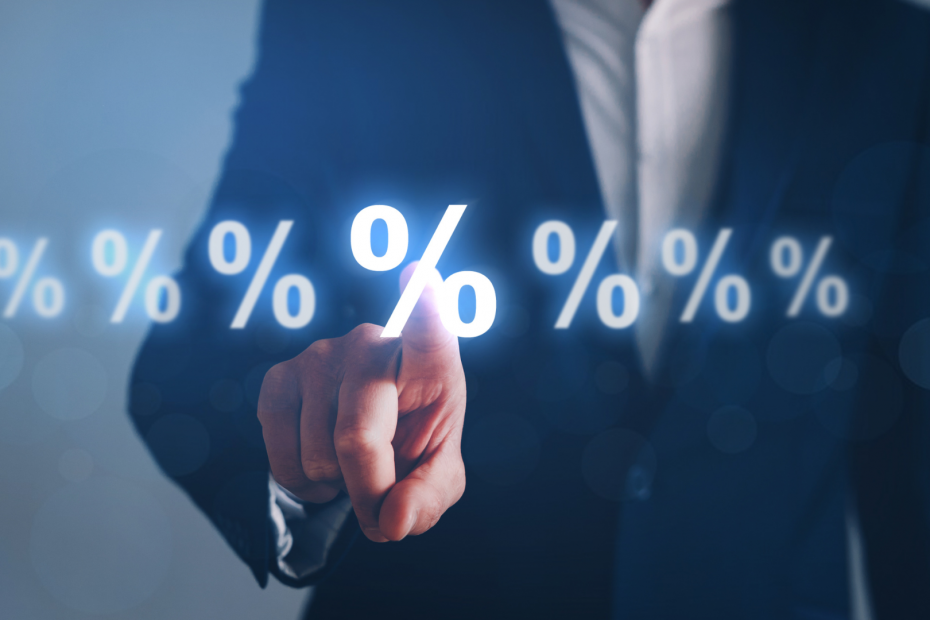The Wall Street Prime Rate is also known as the “Wall Street Overnight Index Swap Rate,” which is the interest rate banks charge each other for short-term loans. Banks use the Prime Rate to price credit cards, home equity loans, student loans, and other loans secured by real estate, and this rate reflects the cost of borrowing money for a particular length of time. Since banks compete for business, the Prime Rate fluctuates throughout the day to reflect competition.
The Wall Street Prime Rate measures the rate banks lend to each other. It’s determined during the summer months by the Federal Reserve and serves as the benchmark for all other short-term interest rates. It is one of the only interest rates that fluctuate and change quarterly.
What is Prime Rate?
The Prime rate also referred to as the prime lending rate, is the interest rate that banks use to determine their own interest rates. Banks use the Prime rate as an indicator of general profitability and as a benchmark against which to set their own rates. The Federal Reserve dictates the prime rate, but banks can choose which market rate they want to use to compare it to.
Prime Rate is a rate that banks use to set their interest rates for consumer borrowing. This rate is determined by the Federal Reserve and changes every quarter. It directly affects all forms of consumer borrowing. Prime Rate is used to set the interest rate on a consumer credit card, auto, and home loans. It is also used to determine the interest rate on savings products, such as CDs and money market accounts.
The prime rate is the rate banks charge their most creditworthy customers for bank loans. It’s also the rate that other banks use when determining what their prime rate is. Banks need to offer loans at prime rates to make a profit.
Why Is The Wall Street Prime Rate Important?
The prime rate is a term that refers to the highest rate that banks charge their most creditworthy customers. The rate is important because it affects everyone. The prime rate affects everyone who borrows money, including home buyers, small business owners, and consumers.
Prime rates have always been incredibly important to money market funds. The term prime rate refers to the interest rate banks and other financial institutions charge their most credit-worthy customers. These customers typically borrow money, so the higher the rate, the more their services will cost.
How Lending Utilizes the Prime Rate?
Lending and prime rate are terms that go hand in hand. The prime rate is the interest rate banks charge their most credit-worthy customers. If your credit score is good, you can get a good interest rate on your loans. But your interest rate will be much higher if you have a lower credit score. It is the interest rate charged on loans by banks and other financial institutions. It is currently 5.50%, though it can change based on the available money supply in the economy. The prime rate is considered a short-term interest rate. It just refers to lending rates, like mortgages. The prime rate is low because banks want to charge less for mortgages, car loans, student loans, and other types of loans.
The prime rate, or the overnight interest rate, is the interest rate that the top banks charge to their best lending customers, and it generally sits at around 5.25%. While that might seem like a lot, that’s still an incredibly low-interest rate compared to recent numbers. The prime rate has been hovering around 3% for most of 2019, which is tied to its lowest level ever. This means banks aren’t making much money from lending, meaning practically anyone can get approved for a mortgage, auto loan, or student loan. While on the surface, you may think that dropping the prime rate is a good thing, don’t forget that the lower the rate, the higher the prices, which could trickle down to higher prices on consumer goods.
WSJ prime rate serves as a benchmark against which other rates can be compared. All banks must charge their depositors a premium over this figure, but if a bank or financial institute decides to pay their depositors less than the rate set by the WSJ, then they must inform their customers in writing. Wall Street Prime Rate (WSRP) is a prime rate index used by banks for short-term lending.
The Federal Open Market Committee (FOMC) set the WSRP, a 12-member group of Federal Reserve (Fed) officials. The FOMC is a component of the U.S. Federal Reserve System, created in 1913. The Fed is a nonpartisan, international financial institution. The WSRP is the name given to the average of the 30-year Treasury note and the 10-year Treasury note, with a 2-year maturity. The WSRP is the rate that depository institutions can borrow from the Fed. The WSRP is the prime rate the Federal Reserve charges banks on short-term loans. It is the interest rate banks charge their credit cardholders.

